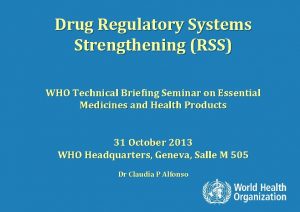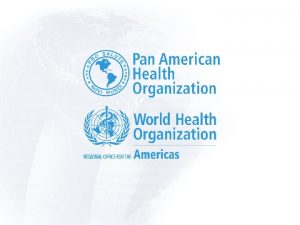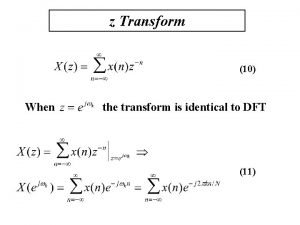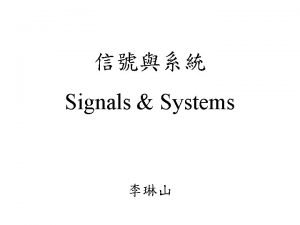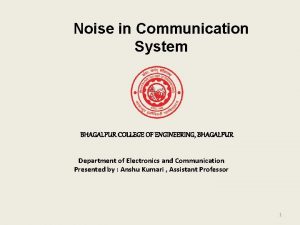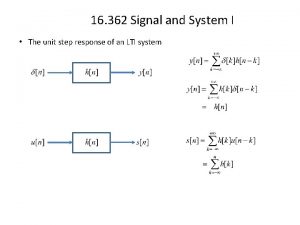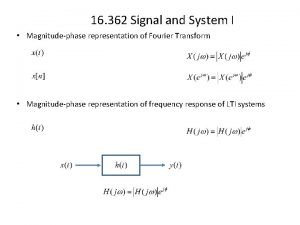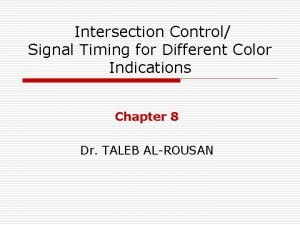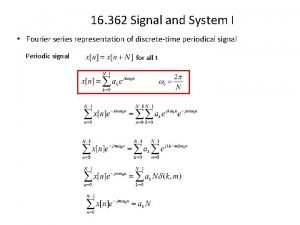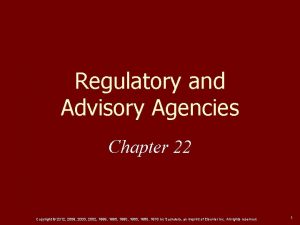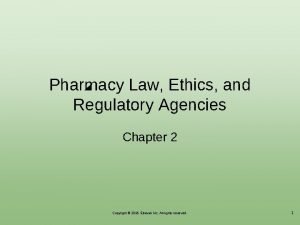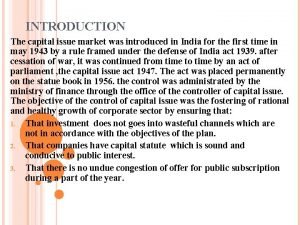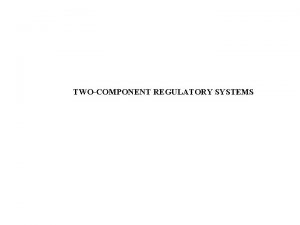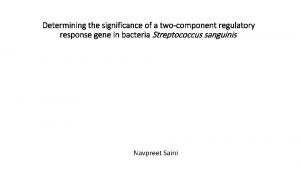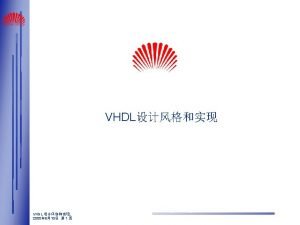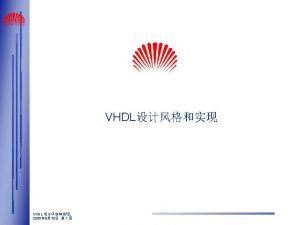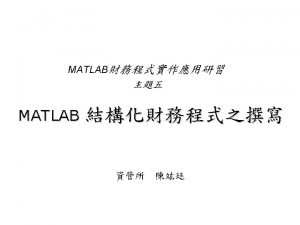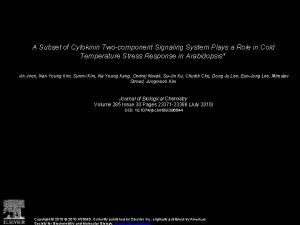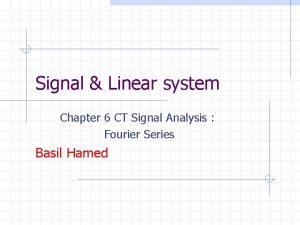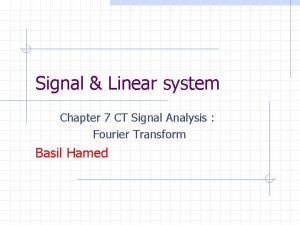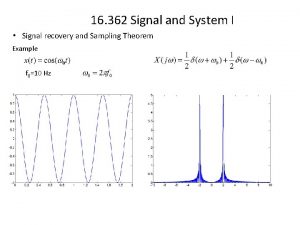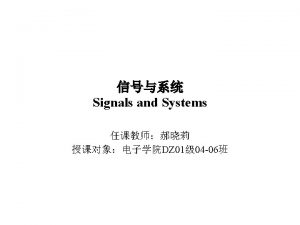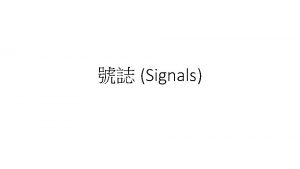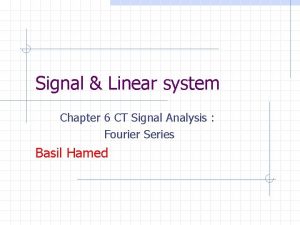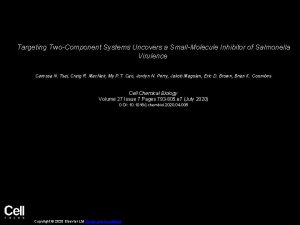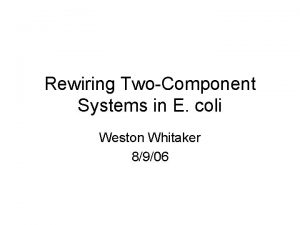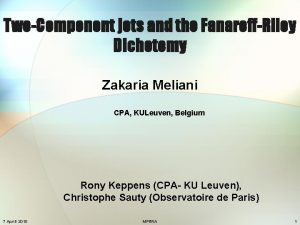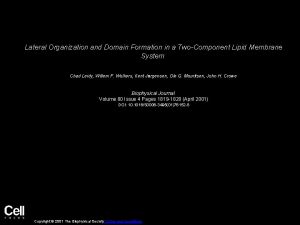TwoComponent Regulatory System TwoComponent Regulatory SystemTCS twocomponent signal











![受体复合体主要由细胞膜上的4个可甲基化趋化蛋白(methyl-accepting chemotaxis proteins or MCPs), 组氨酸激酶Che. A、连接蛋白Che. W组成. 当诱导物结合时促进从顺时针( clockwise signalling [CWS] )向逆时针转变(counter-clockwise signalling 受体复合体主要由细胞膜上的4个可甲基化趋化蛋白(methyl-accepting chemotaxis proteins or MCPs), 组氨酸激酶Che. A、连接蛋白Che. W组成. 当诱导物结合时促进从顺时针( clockwise signalling [CWS] )向逆时针转变(counter-clockwise signalling](https://slidetodoc.com/presentation_image/1f3b63803a3962afda598c801d2d77e5/image-12.jpg)















- Slides: 27

第六章 细菌双组分调节系统 Two-Component Regulatory System


• 细菌双组分调节系统又叫细菌双组分系统( Two-Component Regulatory System,TCS )双组分信号传 导系统(two-component signal transduction systems,TCSTS)






细胞内的双组分体系调节的反应 nutrient acquisition onitrogen ophosphorus ocarbon energy metabolism oelectron transport systems ouptake and catabolic machinery virulence oplasmid transfer odegradative secretions otoxin production oadherence factors adaptation to physical or chemical aspects of the environment op. H oosmolarity olight quality complex developmental pathways osporulation ofruiting body development oswarmer cell production

A single cell may have many two-component systems E. coli 178 信号蛋白中, 62 参与了双组分系统 26 histidine kinases (PSI-BLAST search of E. coli genome for signal transmitters) 36 response regulators (PSI-BLAST search of E. coli genome for signal receivers) in 10 sub-families (families & functions) 整个信号转导过程只由两个组分(HPK和RR)即可完成,是一典型 的、最简单的TCSTS。需要强调的是,随着研究的广泛深入,发 现TCSTS并非想象中的那么简单,在一些条件下,可能不止一个 HPK或RR参与了一种信号的转导;而在一个菌细胞中也可能有多 种二元系统存在,来感应或转导不同的信息。

![受体复合体主要由细胞膜上的4个可甲基化趋化蛋白methylaccepting chemotaxis proteins or MCPs 组氨酸激酶Che A连接蛋白Che W组成 当诱导物结合时促进从顺时针 clockwise signalling CWS 向逆时针转变counterclockwise signalling 受体复合体主要由细胞膜上的4个可甲基化趋化蛋白(methyl-accepting chemotaxis proteins or MCPs), 组氨酸激酶Che. A、连接蛋白Che. W组成. 当诱导物结合时促进从顺时针( clockwise signalling [CWS] )向逆时针转变(counter-clockwise signalling](https://slidetodoc.com/presentation_image/1f3b63803a3962afda598c801d2d77e5/image-12.jpg)
受体复合体主要由细胞膜上的4个可甲基化趋化蛋白(methyl-accepting chemotaxis proteins or MCPs), 组氨酸激酶Che. A、连接蛋白Che. W组成. 当诱导物结合时促进从顺时针( clockwise signalling [CWS] )向逆时针转变(counter-clockwise signalling [CCWS])


Figure 1. Example of a basic two-component system. The E. coli osmolarity-response system consists of an HPK osmosensor (Env. Z) and an RR transcription factor (Omp. R) (Pratt and Silhavy, 1995). Env. Z autophosphorylates using ATP as the phosphate donor. The phosphate from the transmitter module of Env. Z is then transferred to an Asp residue in the receiver module of Omp. R, thereby affecting the promoter interactions of the Omp. R DNAbinding module, which regulates the transcription of two porin genes, omp. F and omp. C. Changes in osmolarity are perceived by the amino-terminal module of Env. Z. In response to such changes, Env. Z changes the level of phosphorylated Omp. R. The dotted lines depict intra-protein regulatory interactions. The dashed line depicts phosphorylation/dephosphorylation events. P, Phosphoryl group; H, His; D, Asp.




Regulation of Translation by Antisense RNA


Fig. B 3

The initiation of sporulation is governed in part by the activities of two spatially separated sigma factors

磷酸盐吸收 The activation of sigma F is accomplished through a phosphorelay system

The adenylylation/deadenylylation cycle that controls the activity of glutamine synthetase. 腺苷脱腺苷控制谷氨酰胺合成酶(GS)活性。氮信号被腺(尿)苷酰转移酶(ATase或 UTase)识别。低氮激活UTase,尿苷酰化的PII协助ATase对GS-AMP 去腺苷酰化。




 Baseband signal and bandpass signal
Baseband signal and bandpass signal Baseband signal and bandpass signal
Baseband signal and bandpass signal Digital signal as a composite analog signal
Digital signal as a composite analog signal The product of two odd signals is:
The product of two odd signals is: Functions of financial system
Functions of financial system Missile launcher closed-loop system
Missile launcher closed-loop system Regulatory system strengthening
Regulatory system strengthening Regulatory system strengthening
Regulatory system strengthening Signal system
Signal system Classification of signals
Classification of signals Noise is added to a signal in a communication system *
Noise is added to a signal in a communication system * Signal and system
Signal and system Signal and systems
Signal and systems Signal and system
Signal and system Effective green time
Effective green time Signal system
Signal system Btec sport unit 3
Btec sport unit 3 Dispositional framework vs regulatory framework
Dispositional framework vs regulatory framework Purpose of traffic signs
Purpose of traffic signs Regulatory framework for financial services in india
Regulatory framework for financial services in india Chapter 22 regulatory and advisory agencies
Chapter 22 regulatory and advisory agencies Chapter 2 pharmacy law ethics and regulatory agencies
Chapter 2 pharmacy law ethics and regulatory agencies Federal agencies milady
Federal agencies milady Functions of sebi
Functions of sebi Regulatory change management process
Regulatory change management process Regulatory functions of sebi
Regulatory functions of sebi Managing diversity and regulatory challenges
Managing diversity and regulatory challenges Chapter 2 signs signals and roadway markings
Chapter 2 signs signals and roadway markings






